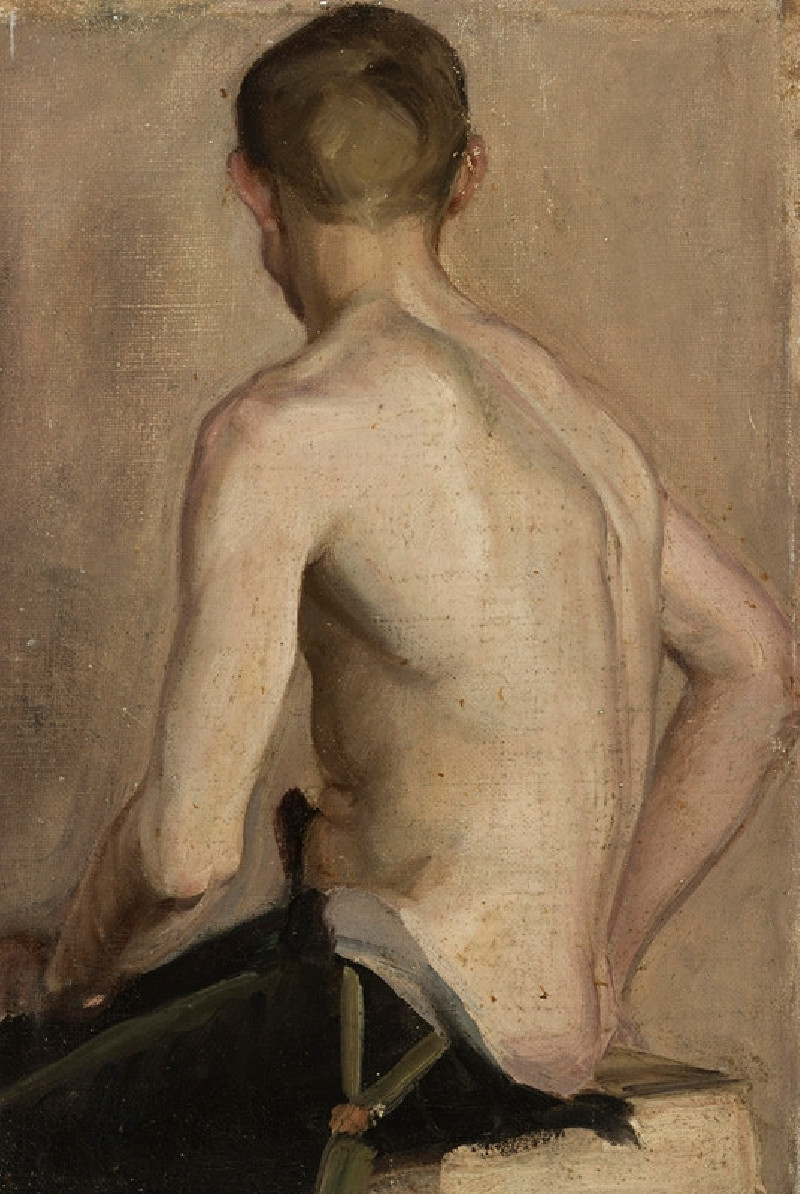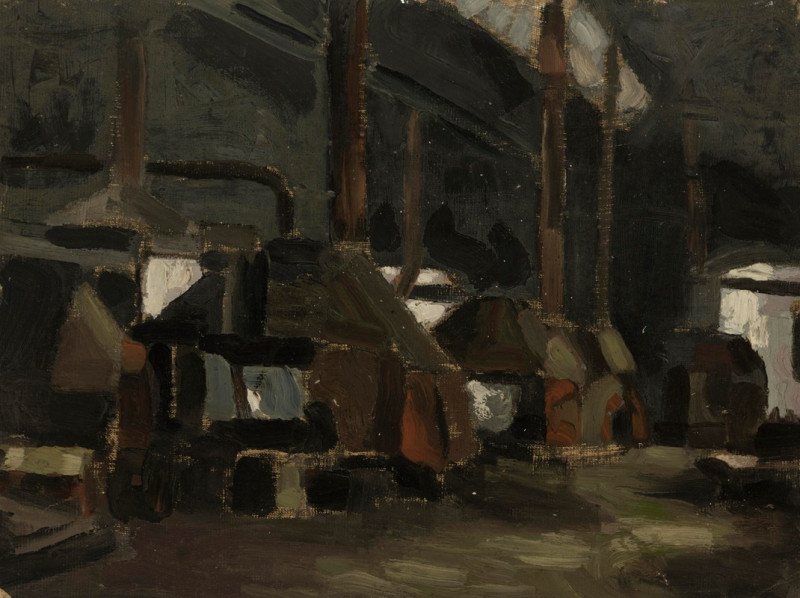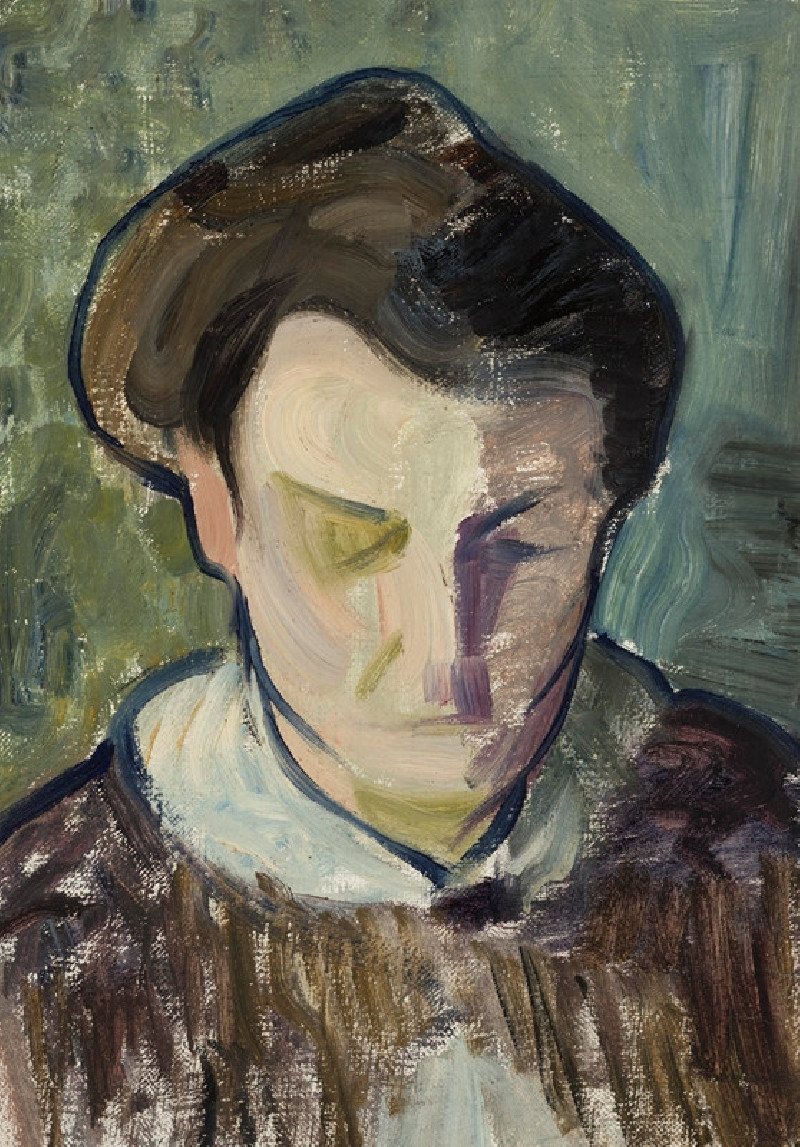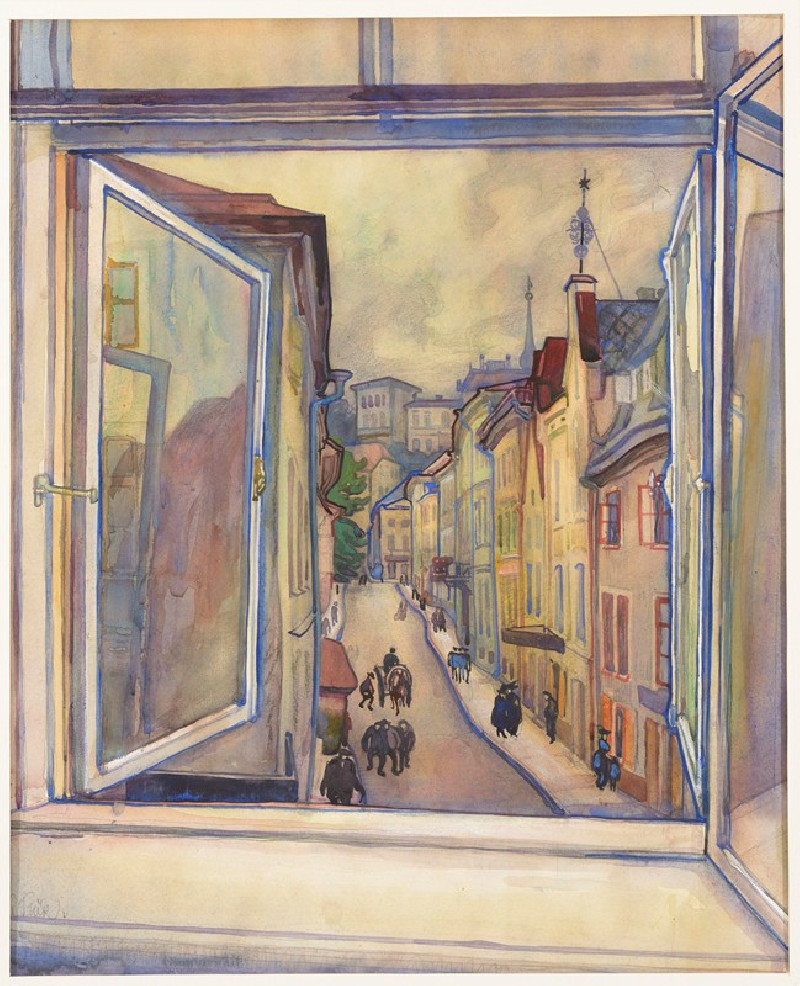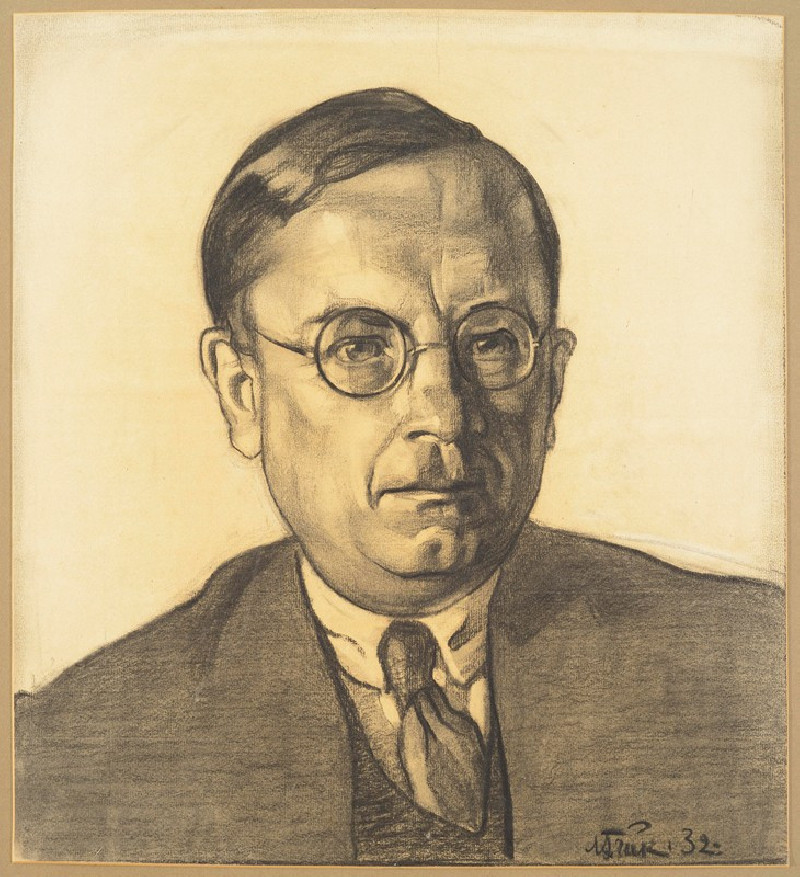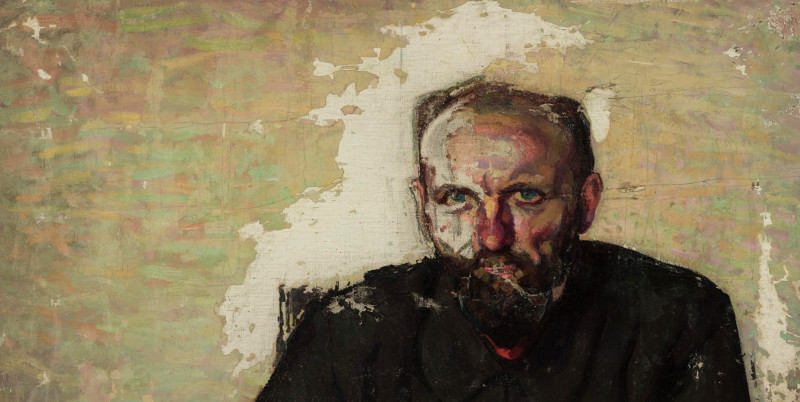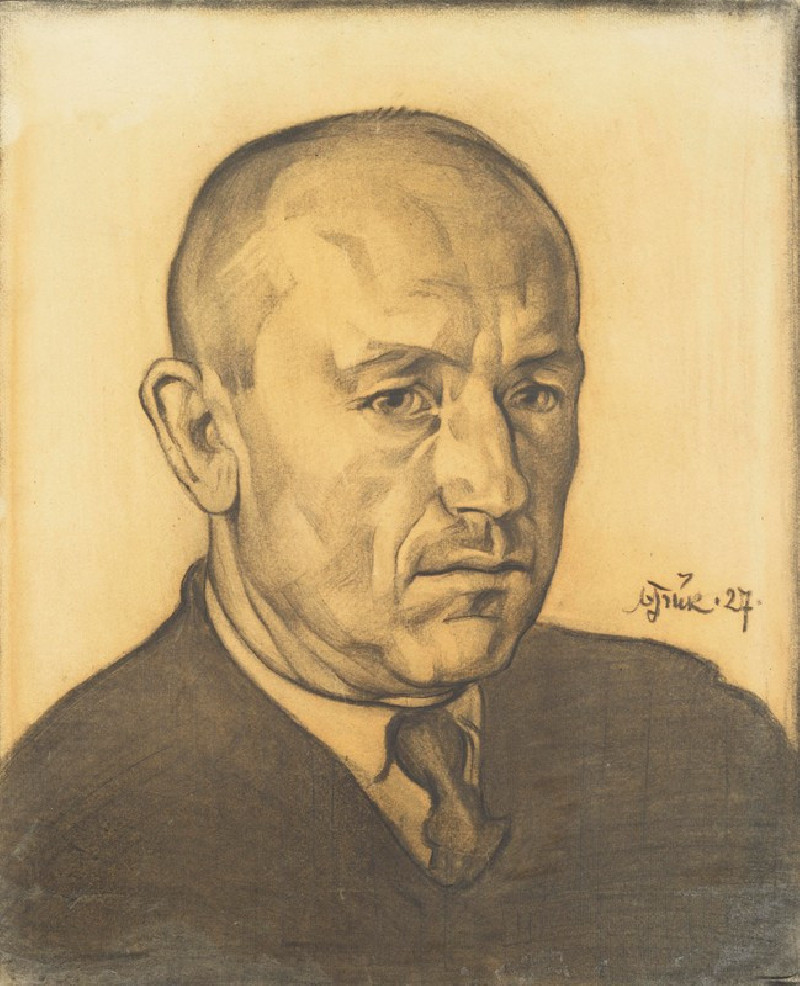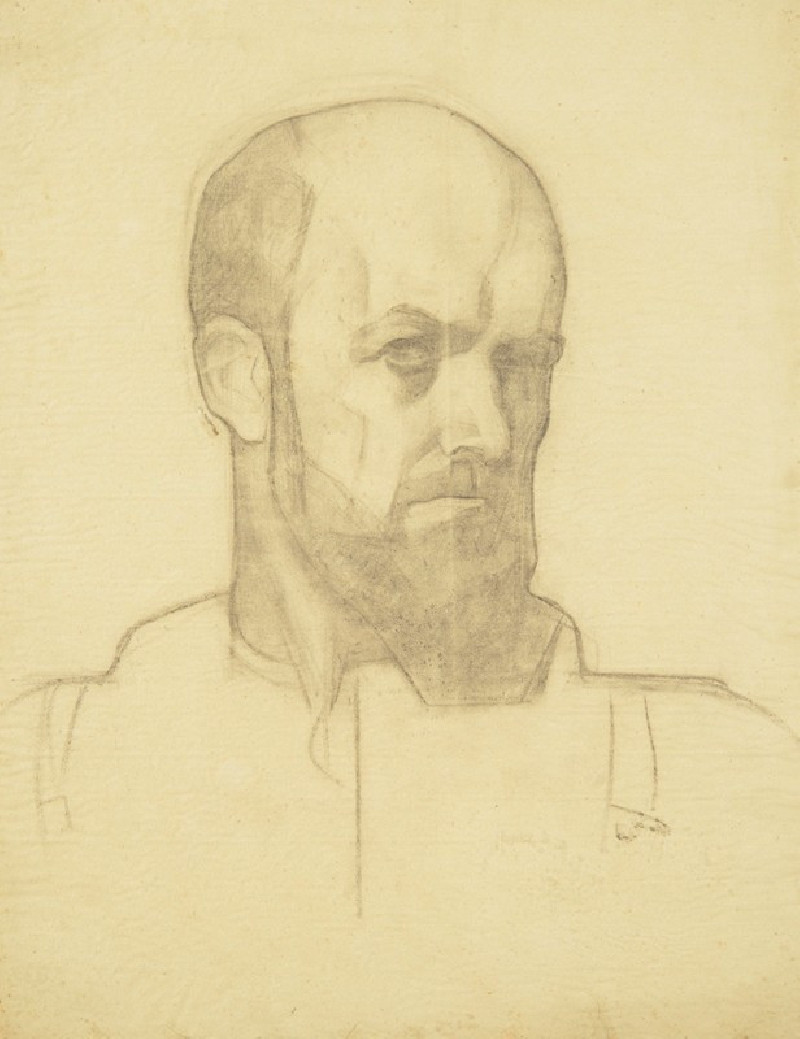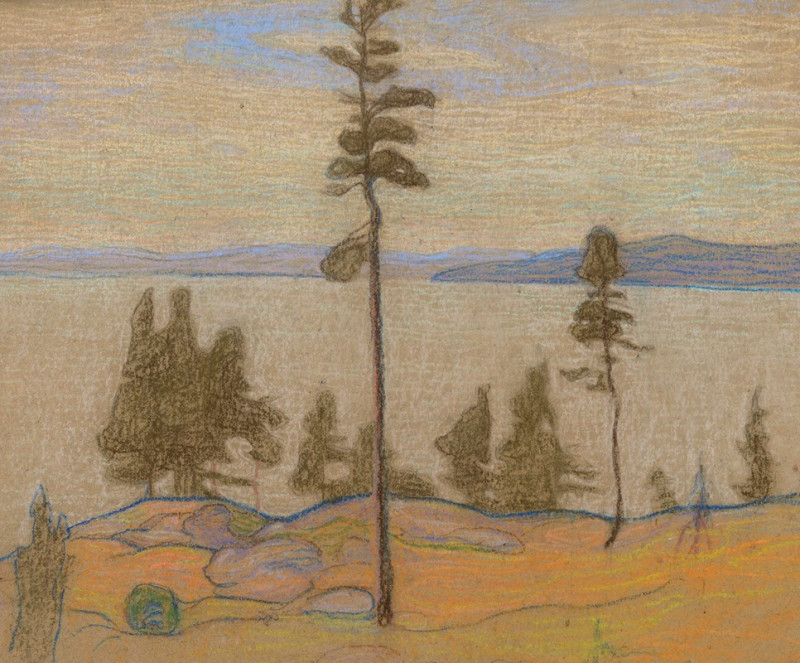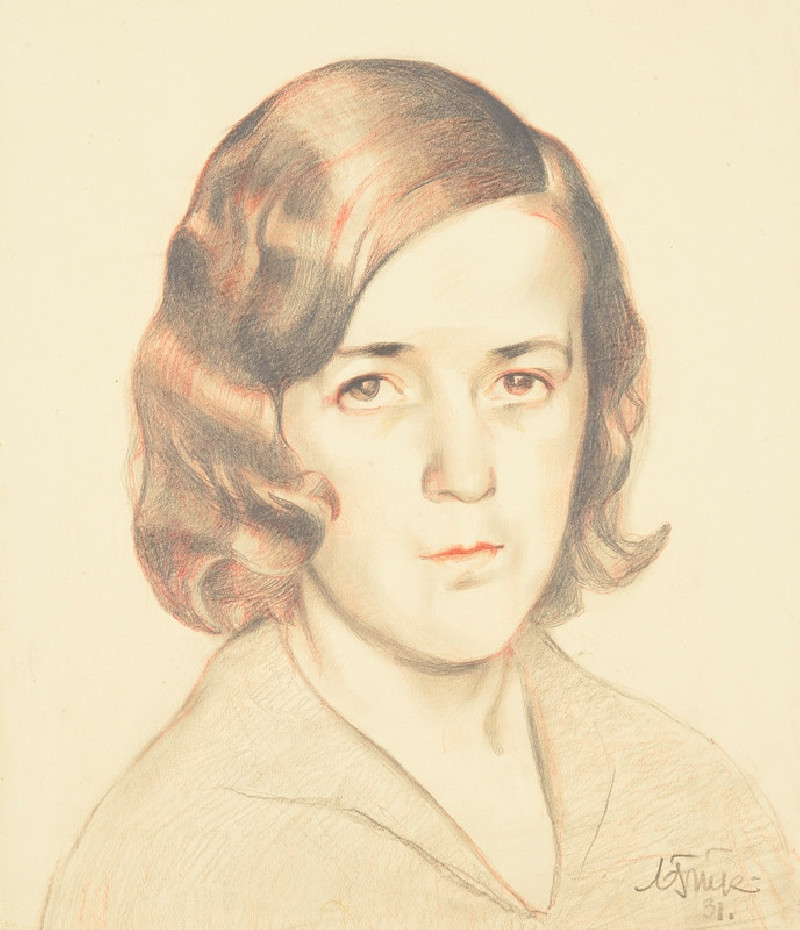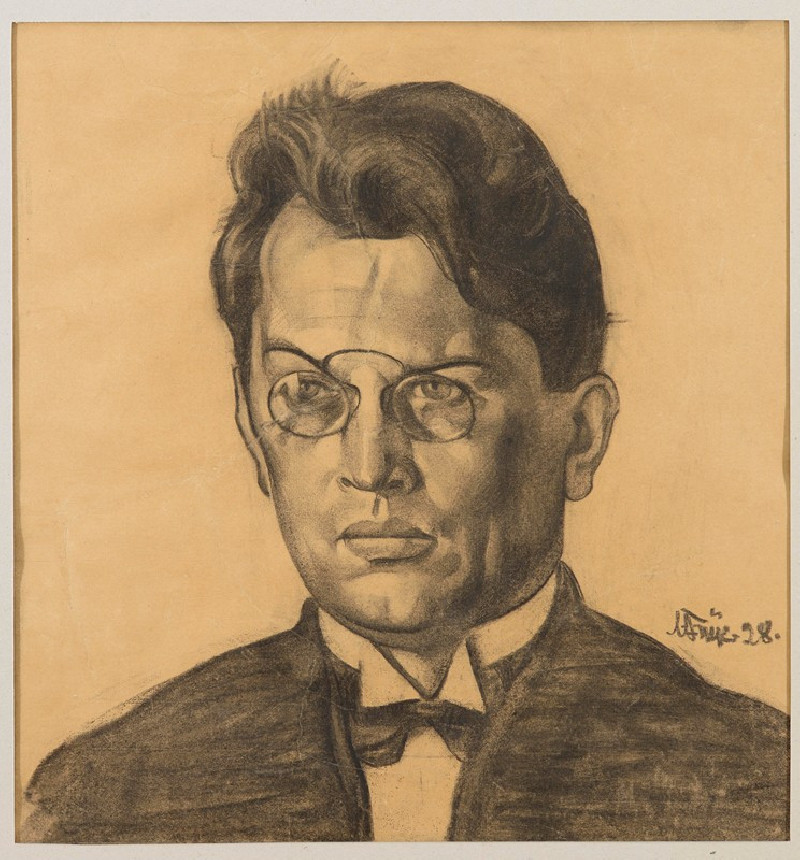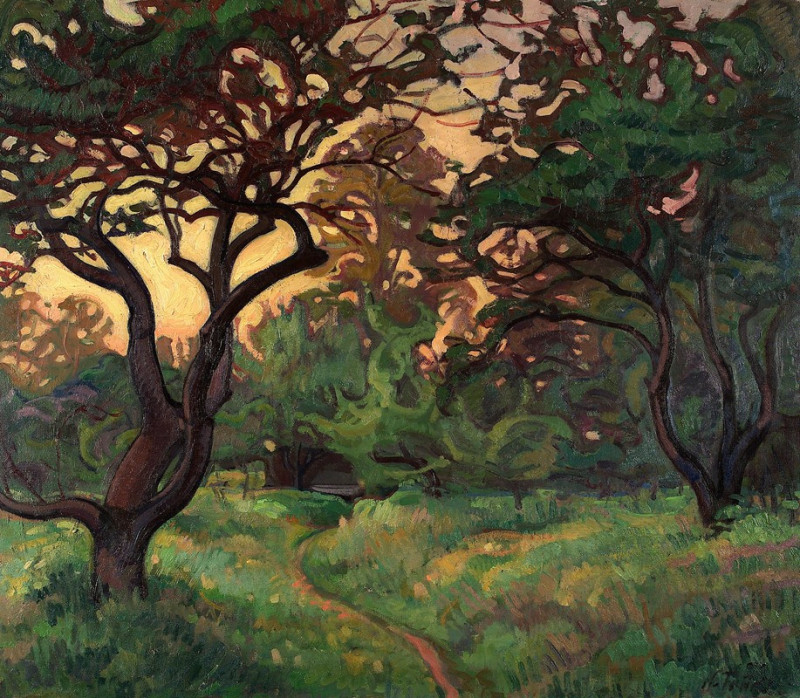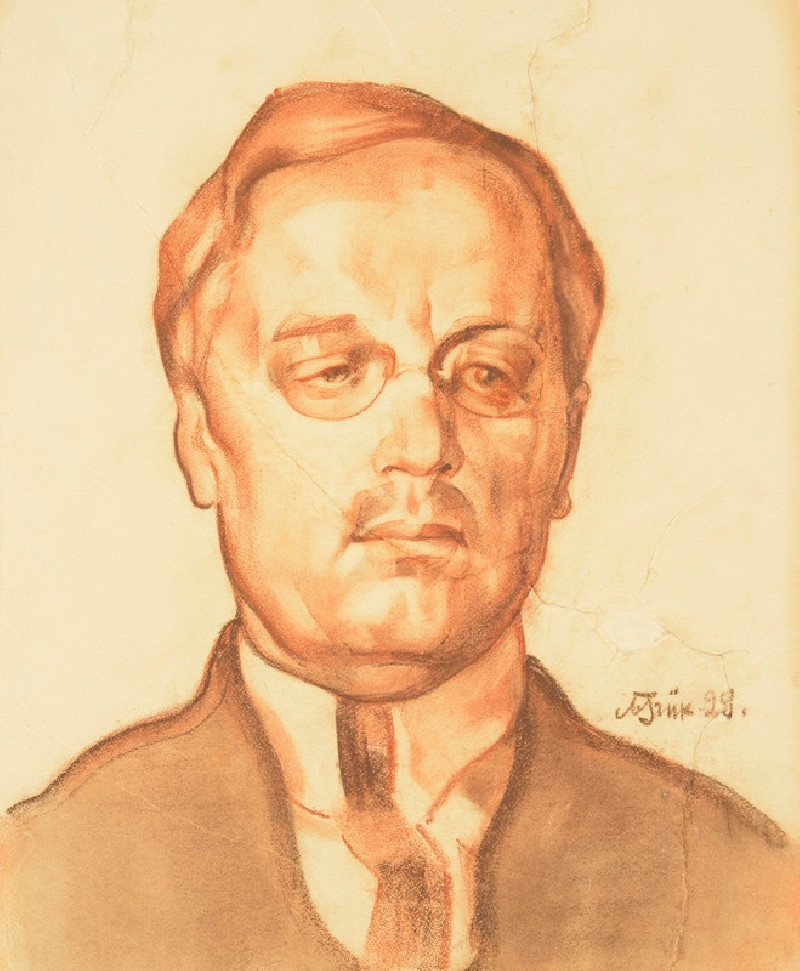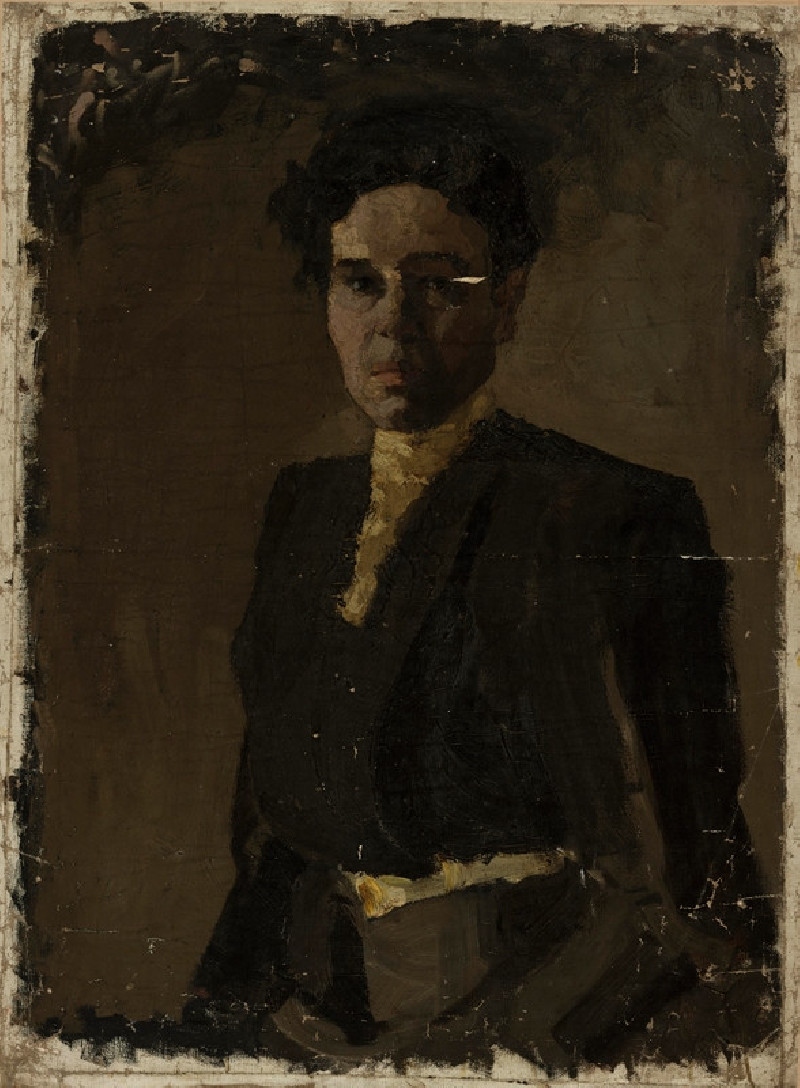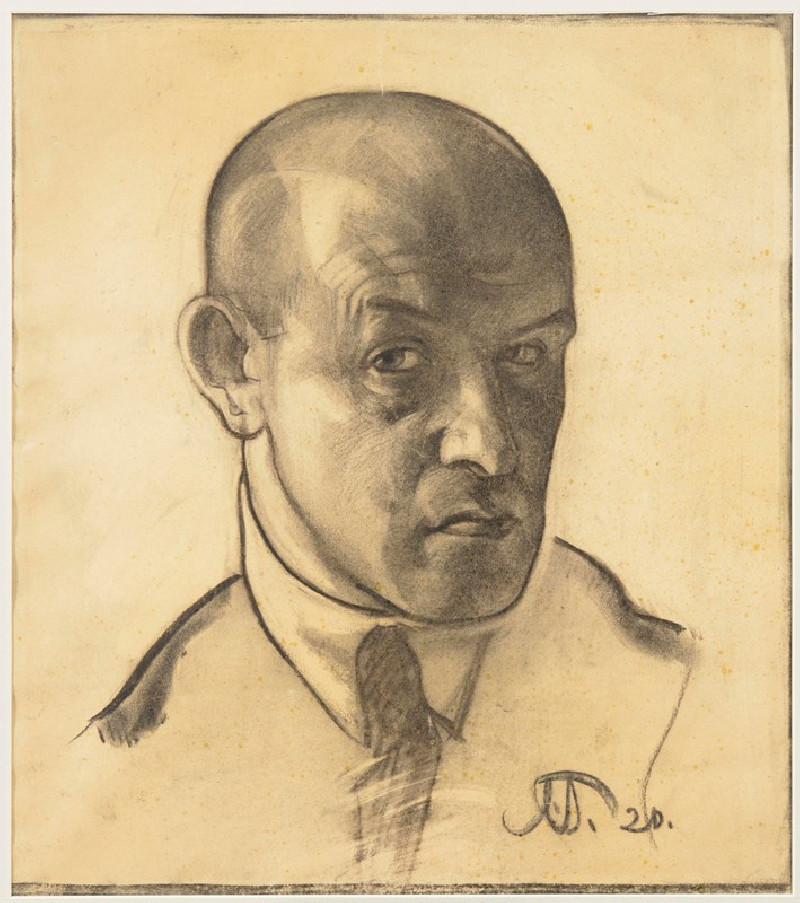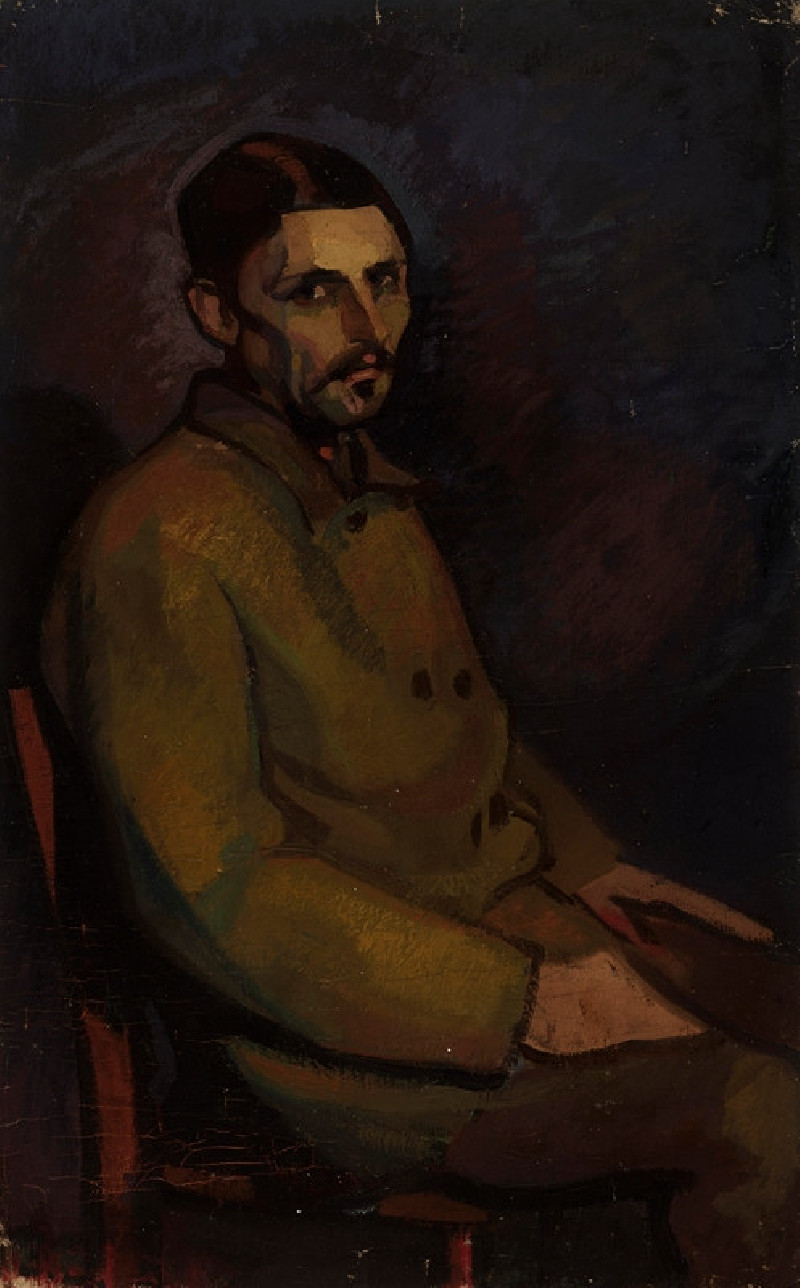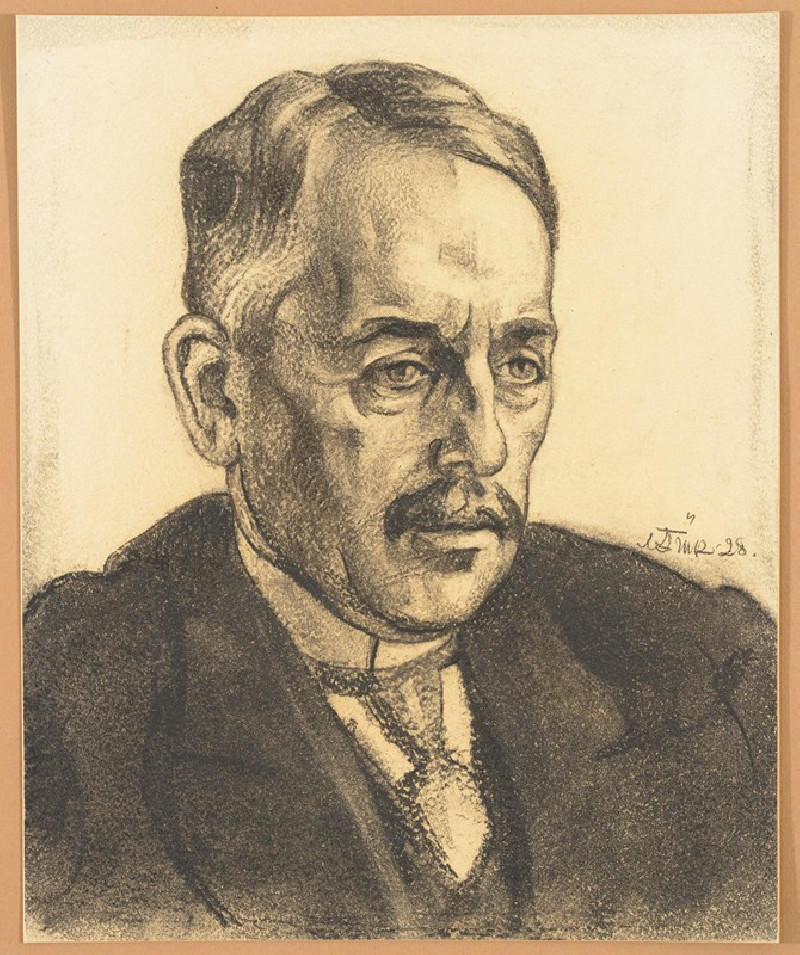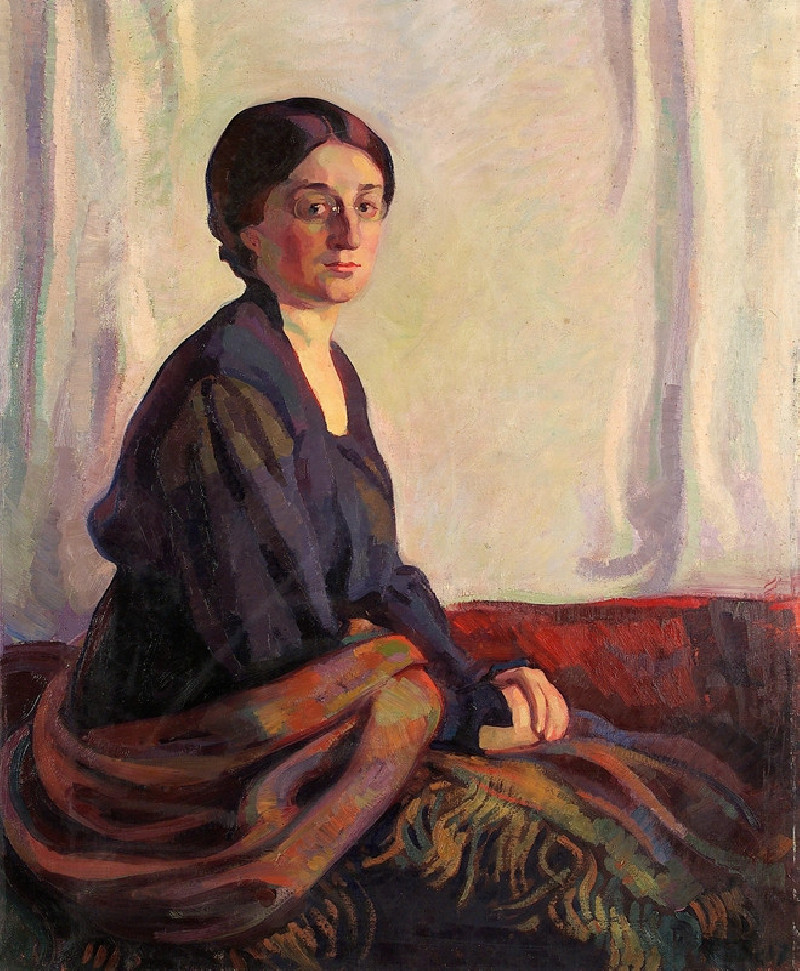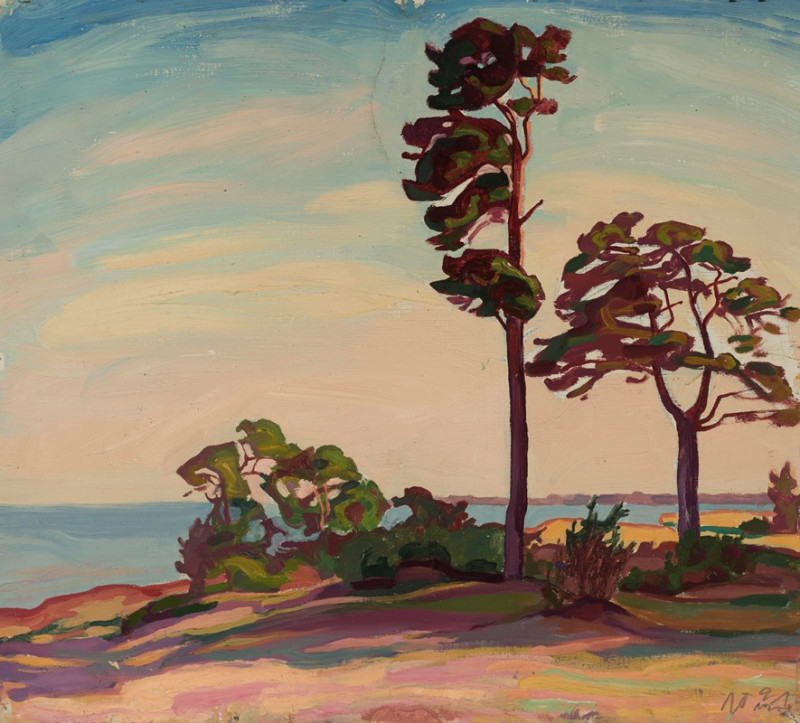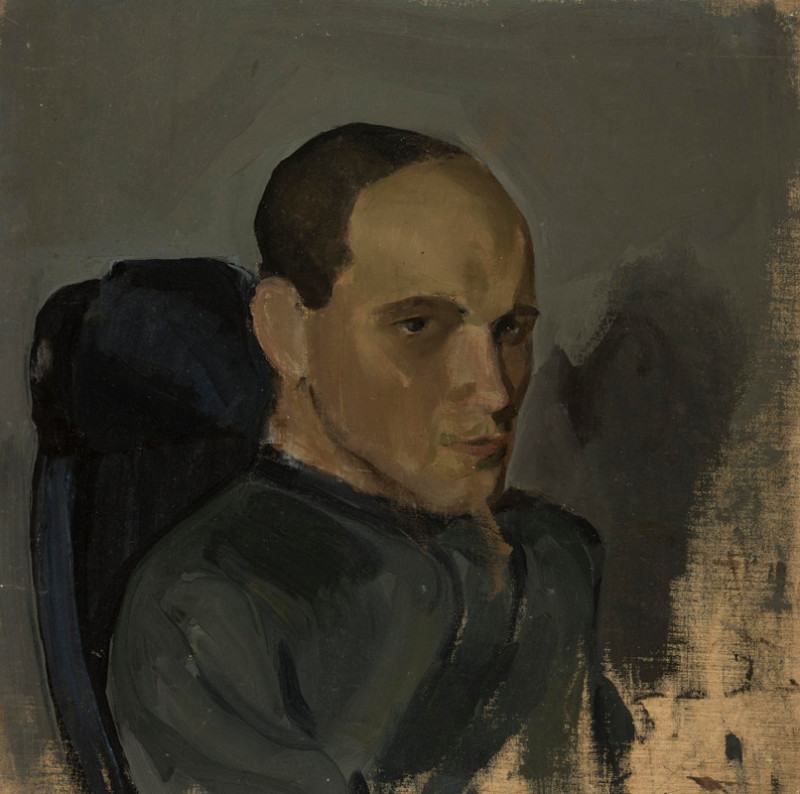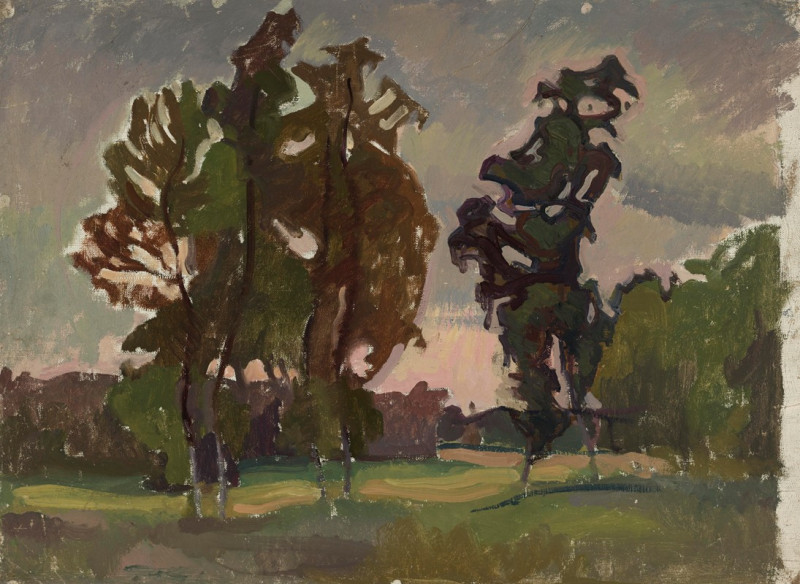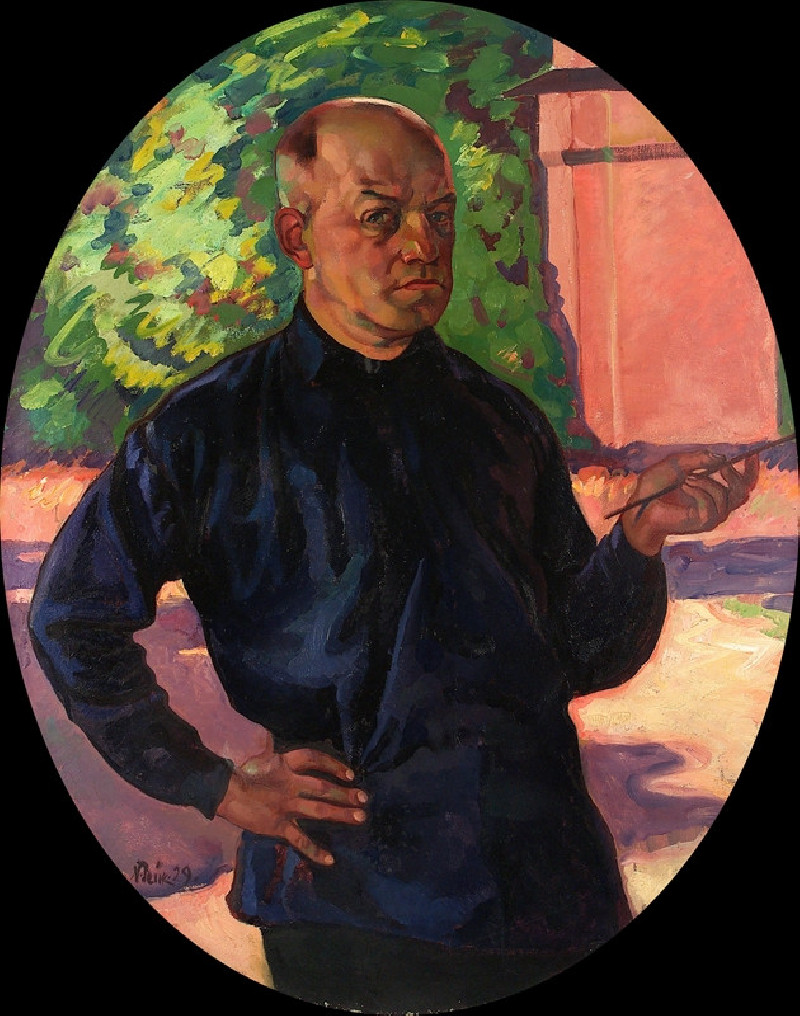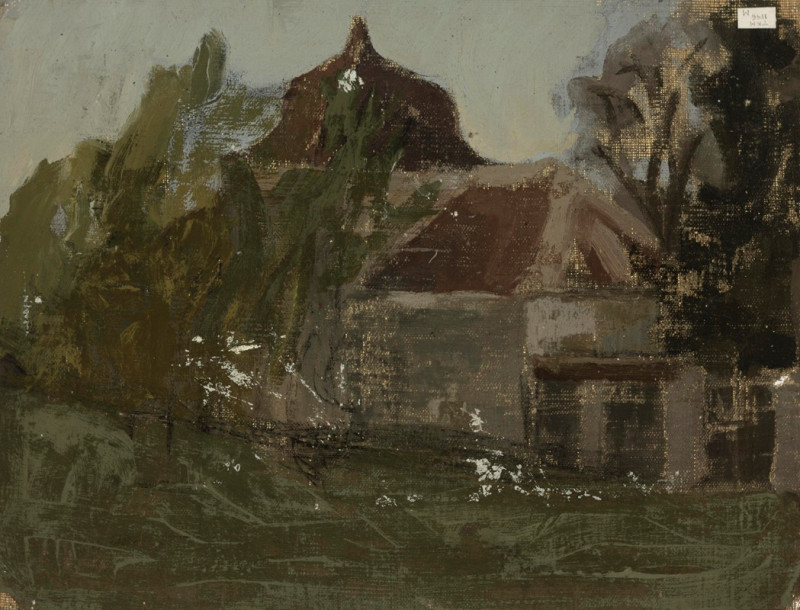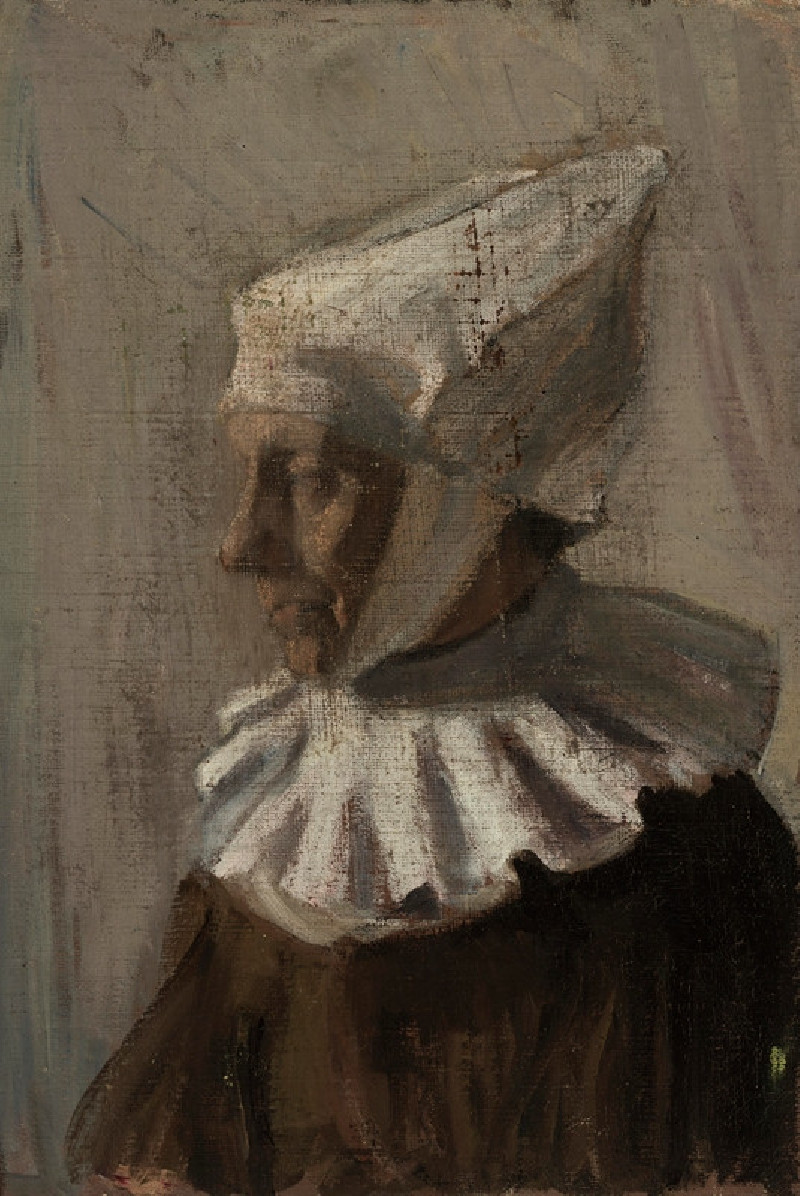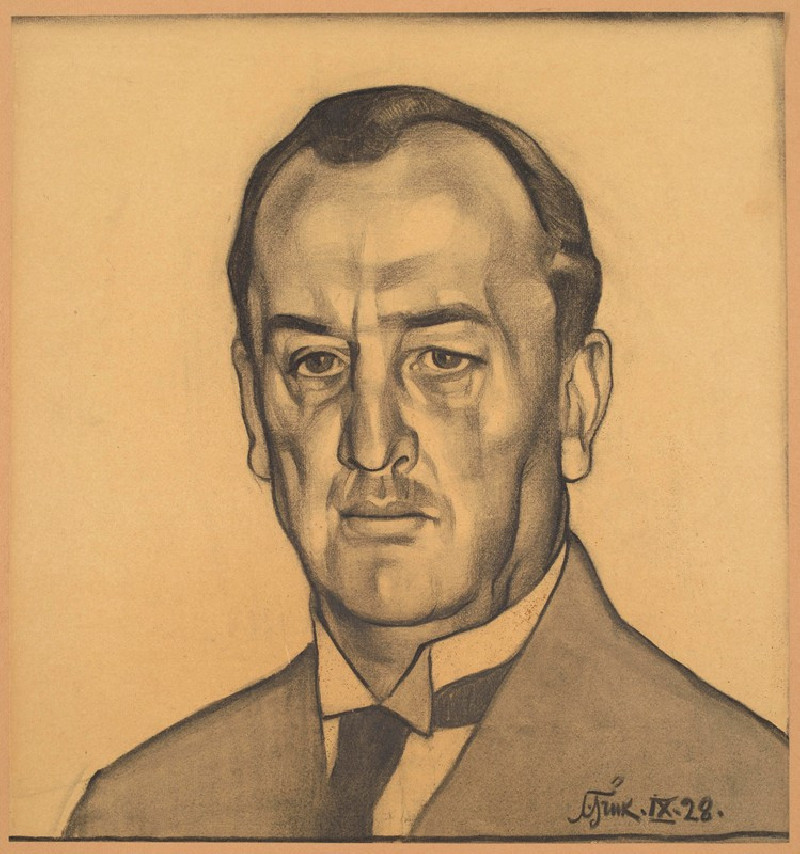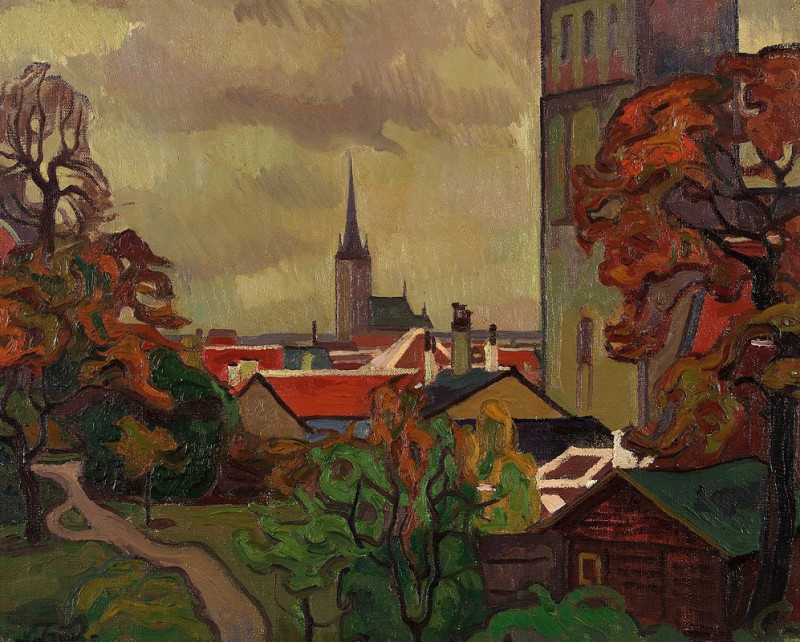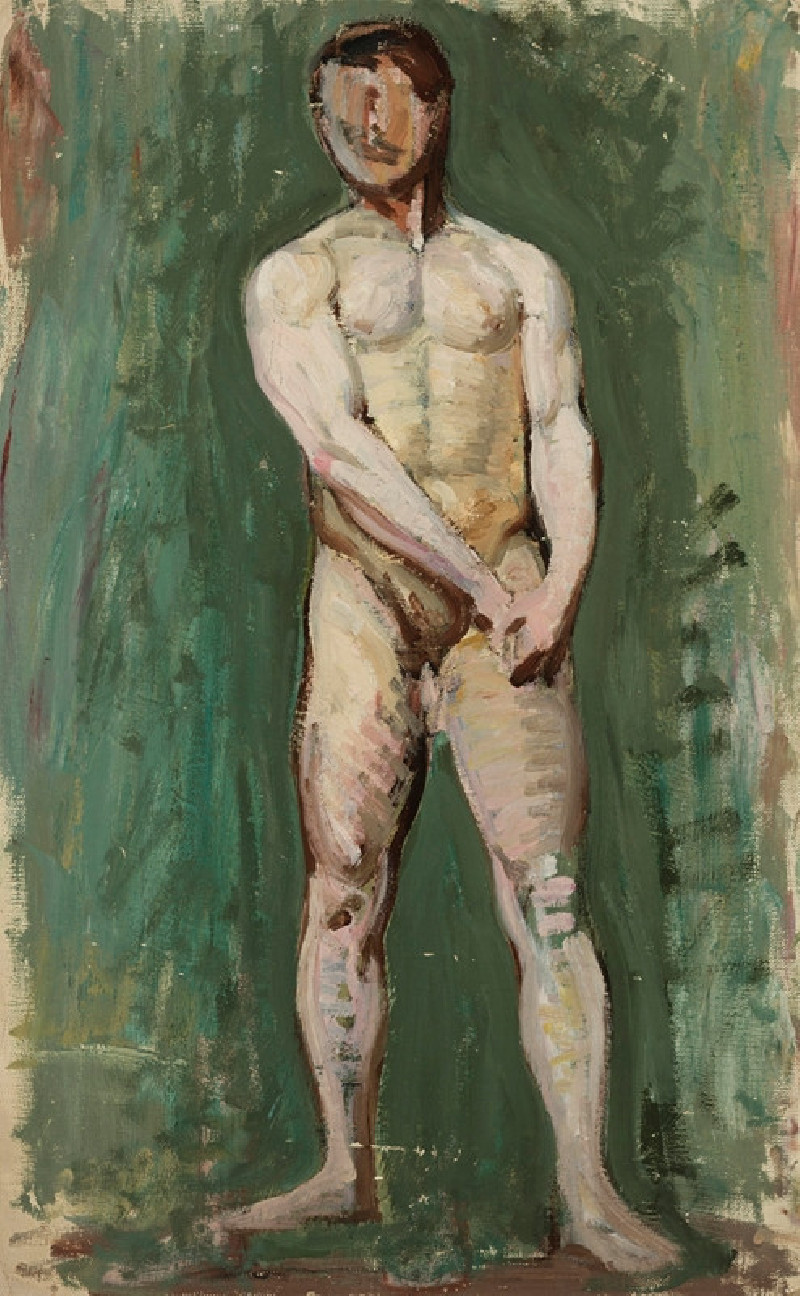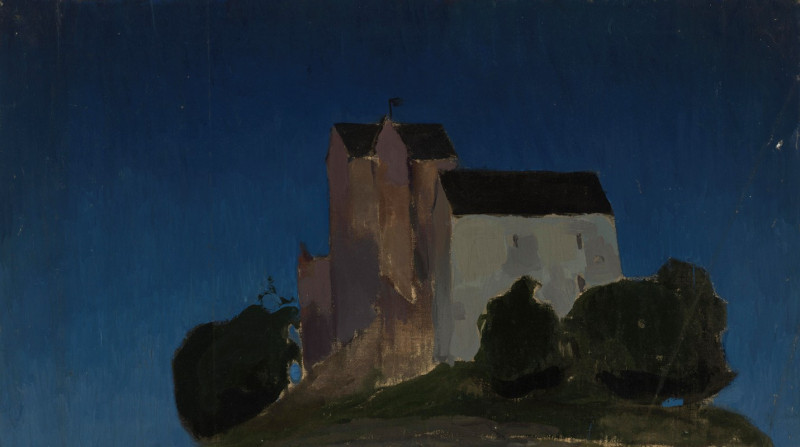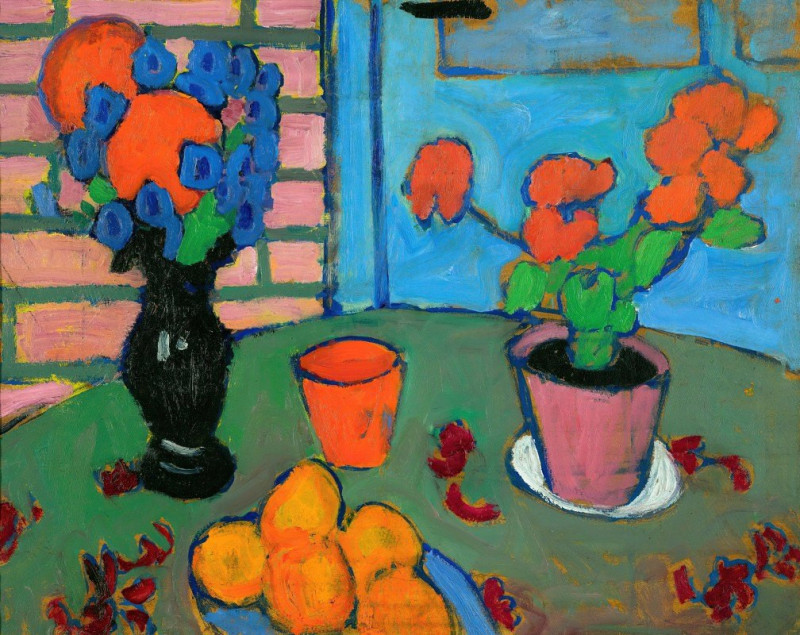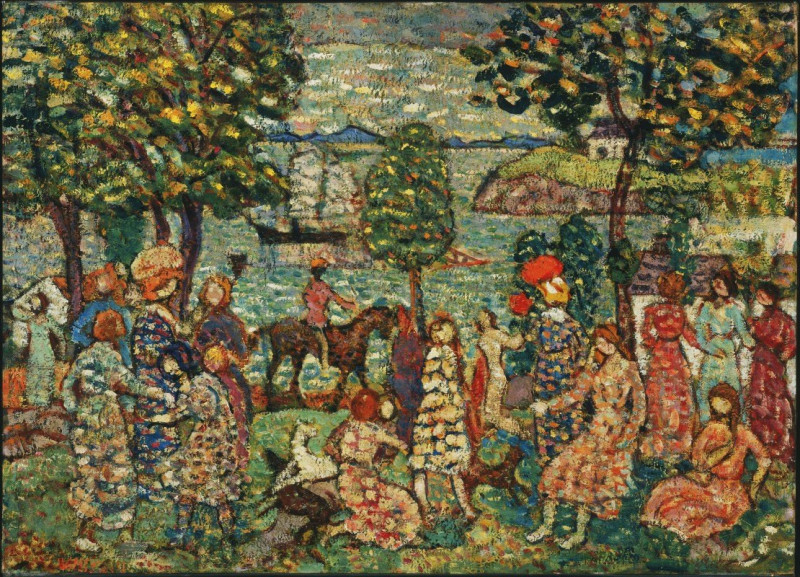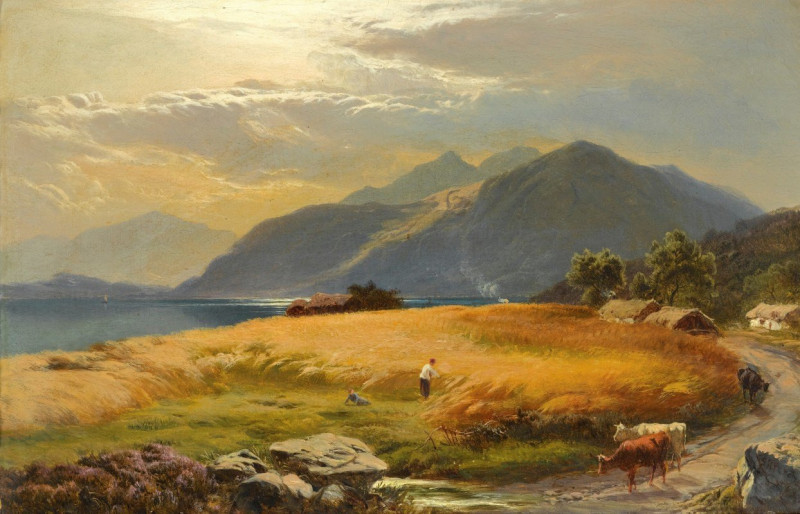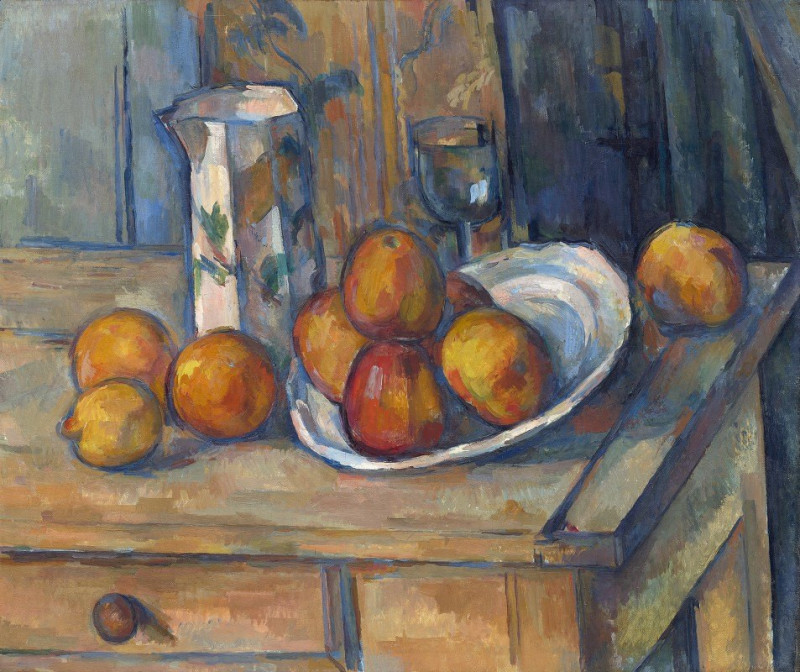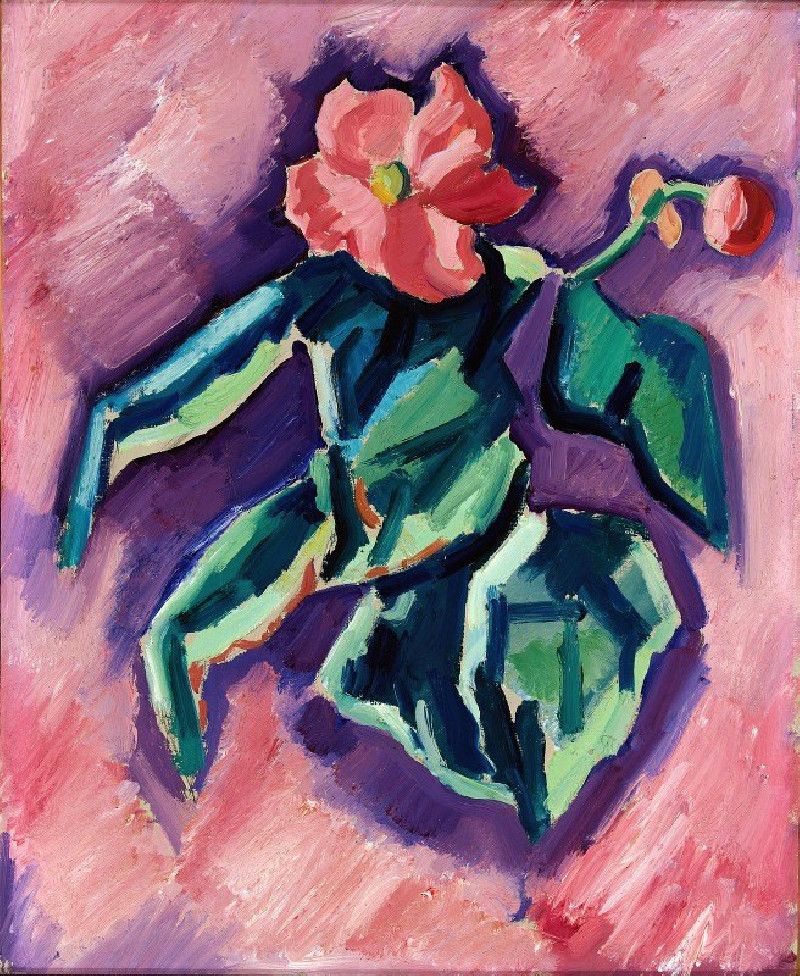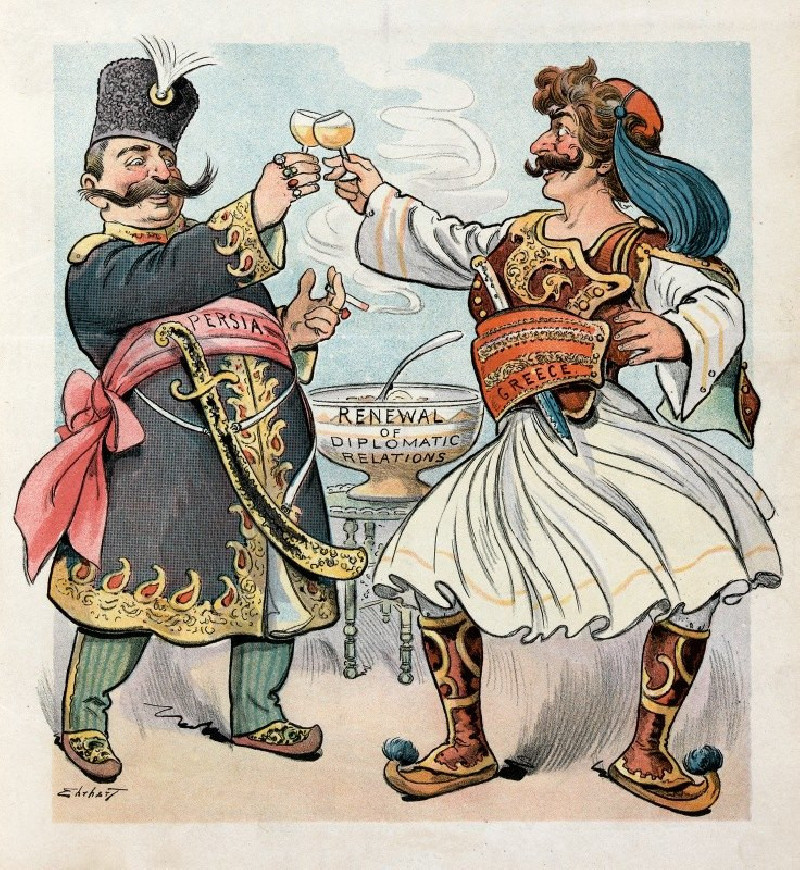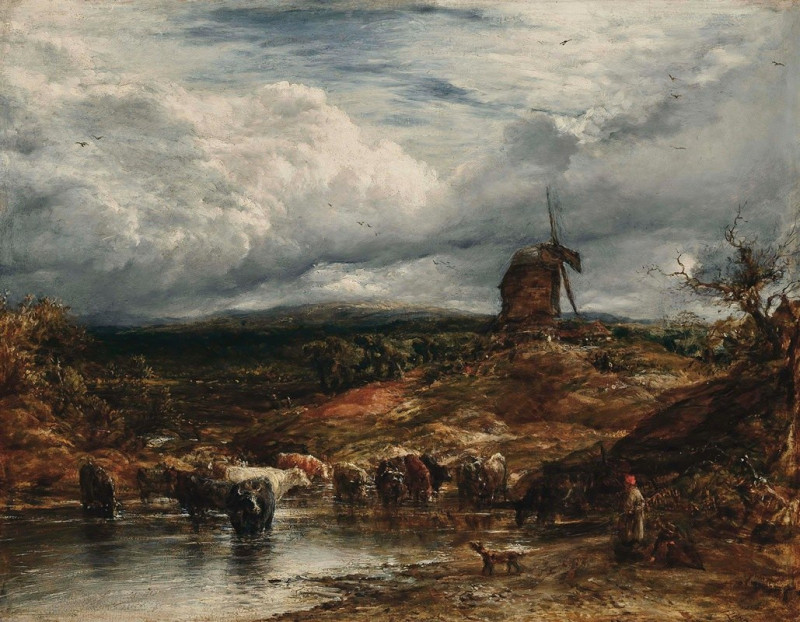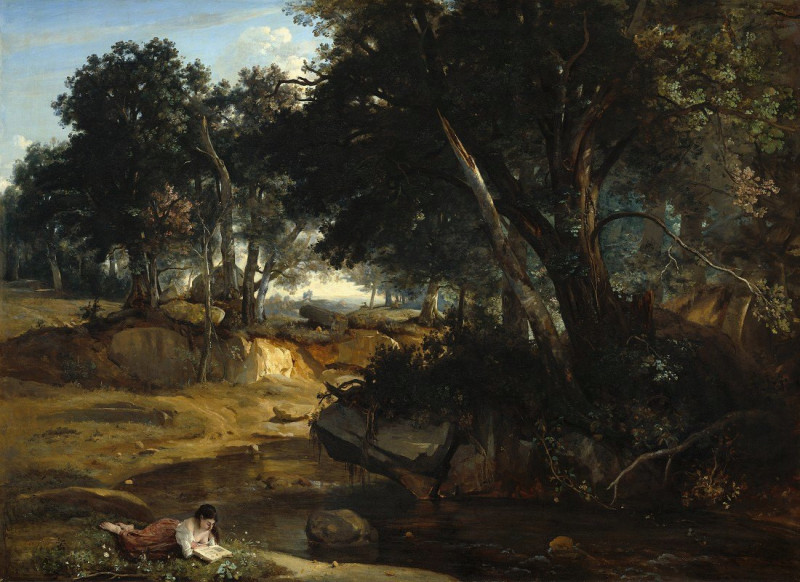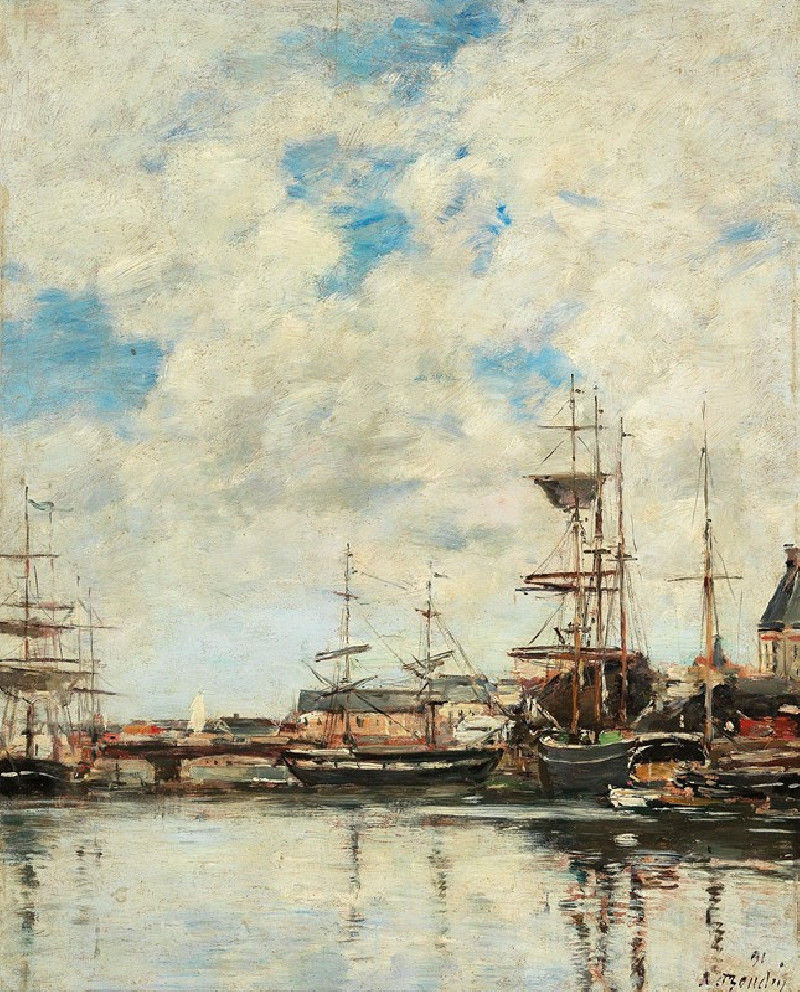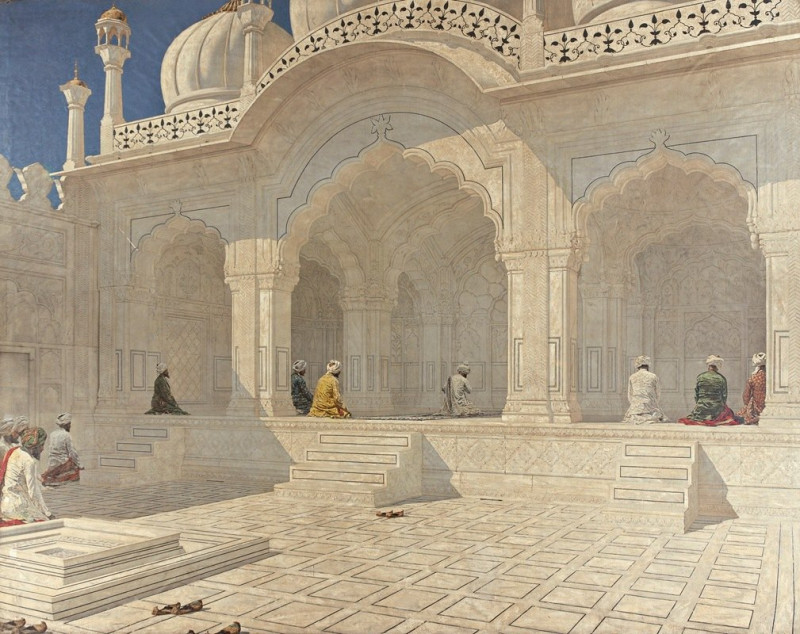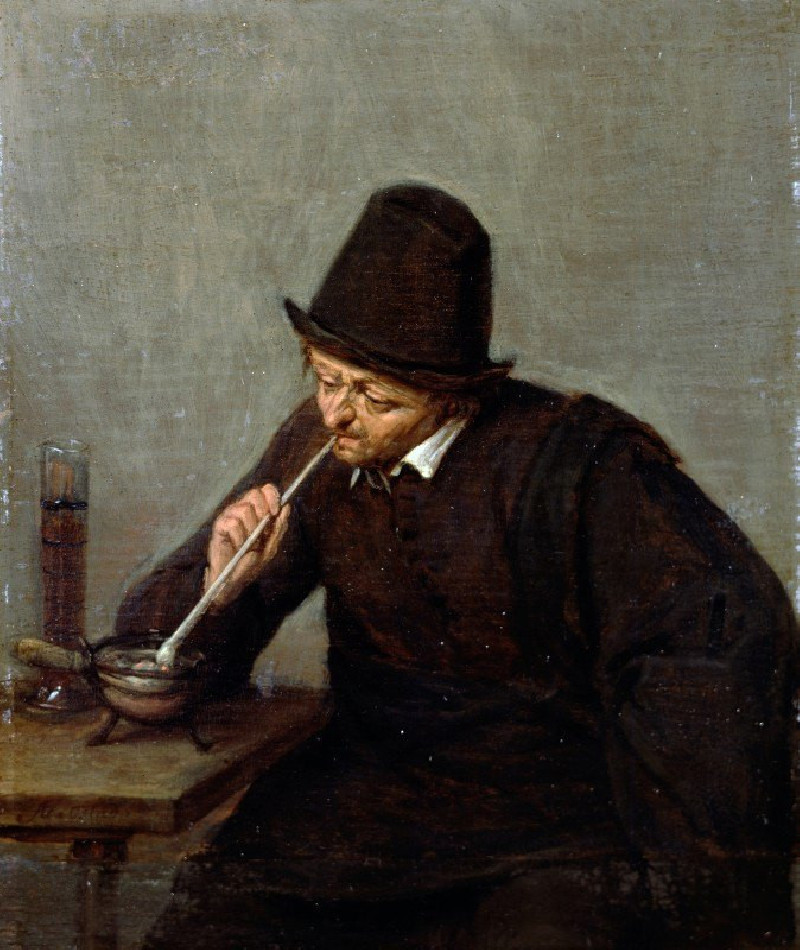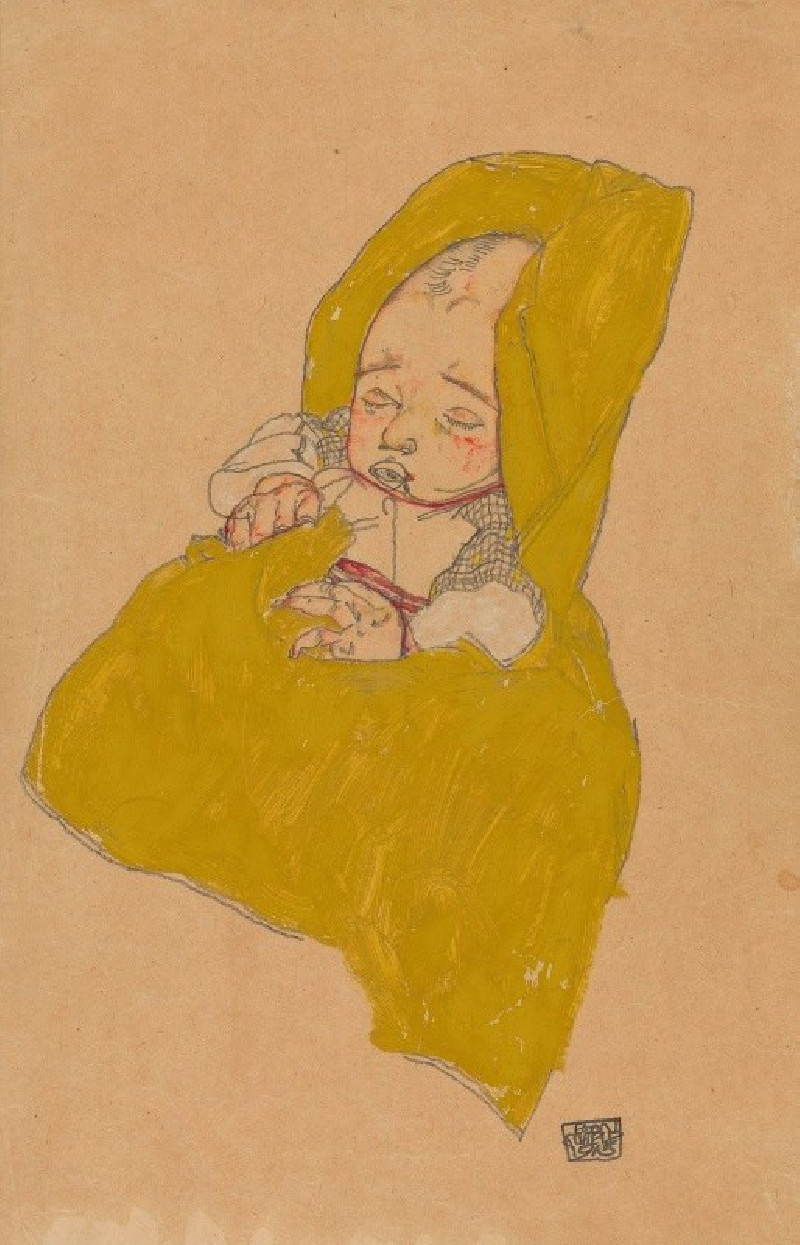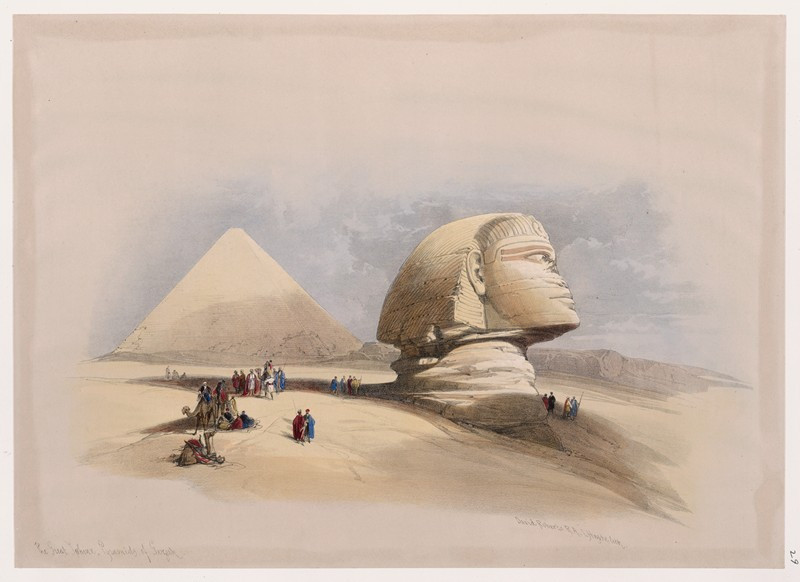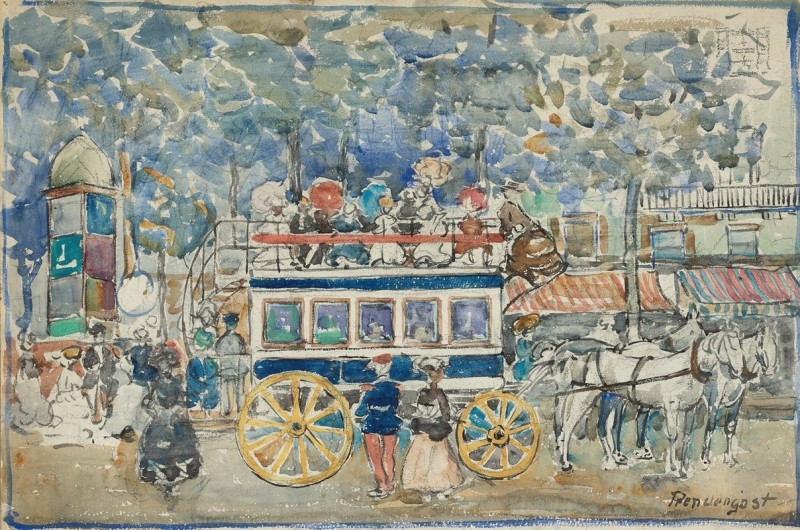Istuv meesakt (between 1901 and 1905)
Technique: Giclée quality print
Recommended by our customers
More about this artwork
Nikolai Triik’s painting, "Istuv meesakt" (Seated Male Nude), created between 1901 and 1905, captures the simplicity and intensity of early 20th-century modernist art. This artwork portrays the back view of a seated male figure, his bare back and shoulders forming the central theme of the composition. The figure is positioned slightly off-center, with his back slightly turned, giving viewers a sense of immediate intimacy and introspection.Triik's use of earthy and muted tones emphasizes the naturalistic aspect of the human form. The gentle play of light and shadow on the figure's back accentuates the muscular contours and texture of the skin, lending a tactile quality to the painting. The sparse background, devoid of any distracting elements, focuses all attention on the raw, exposed vulnerability of the figure."Istuv meesakt" is a compelling study in human form and emotion, where Triik has masterfully balanced realism with the emotional depth. This painting not only showcases Triik’s skill in capturing the human body but also reflects the broader explorations of form and emotion that were central to early modernist art movements.
Delivery
Returns
Nikolai Voldemar Triik was an Estonian Modernist painter, graphic artist, printmaker and professor. His work displays elements of Symbolism and Expressionism.
He came from a middle-class family. After graduating from the public schools in 1901, he enrolled at the Saint Petersburg Art and Industry Academy, but was expelled for participating in a student strike during the 1905 Revolution.

